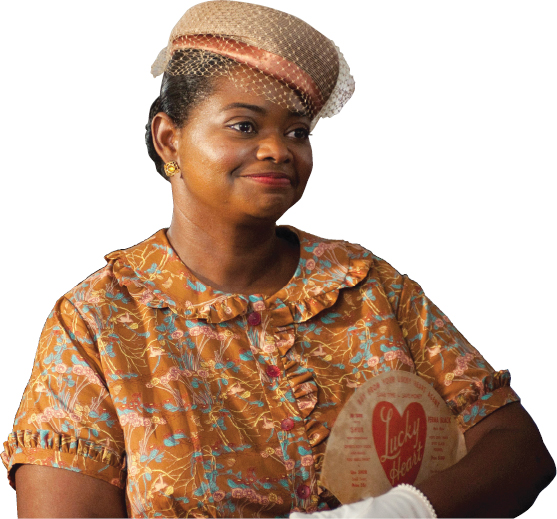Relational Context
The different language we use in different relationships is often affected by unique communication climates or atmospheres that encompass relationships. This is certainly true when experiencing interpersonal conflict (Chapter 8). For example, if you and your brother experience a supportive climate, your conflicts will likely be characterized by careful, considerate words and an openness to hearing each other’s thoughts.
Kathryn Stockett’s bestseller The Help (2009), along with the 2011 film adaptation, is a fascinating representation of the relationships between black domestic servants and their white employers in Mississippi in the early 1960s. The dialogues (told in different voices) ring true because they reflect the relationships between and among women of different races, social classes, and experiences. We all choose different language to communicate in different relationships: you don’t speak to your grandmother the way you speak to your best friend, and we (college professors) don’t speak to our students the way we speak to our colleagues. That’s because language both reflects and creates the relational context. Let’s consider some examples.

Michelle and Chris have been dating for a few weeks. After a movie one night, they run into one of Chris’s colleagues. When Chris introduces Michelle as his girlfriend, Michelle is surprised. She hadn’t thought of their relationship as being that serious yet. The English language allows us to communicate the status of many of our relationships quite clearly: mother, brother, aunt, grandfather, daughter, and so on. But as with the word partner, the language we use when communicating about other types of relationships can be confusing. Chris and Michelle are in the somewhat undefined state of “dating.” When Chris uses the term girlfriend as a label for Michelle, this implies a more defined level of intimacy that Michelle isn’t yet sure she feels. Chris certainly had other options, but each has its own issues. For example, if Chris had said that Michelle is a friend, it might have implied a lack of romantic interest (and might have hurt Michelle’s feelings). The fact is the English language has very few terms to describe different levels of intimacy we have with friends and romantic partners (Bradac, 1983; Stollen & White, 2004).
Labels can also confer status and create understandings between and among individuals. If you say, “I’d like you to meet my boss, Edward Sanchez,” you are describing both Mr. Sanchez’s status and the professional relationship that you have with him; it tells others what language is appropriate in front of him. To indicate a more casual relationship, you might introduce him as, “Ed—
AND YOU?
Question
How do you label your romantic partner? Do you use different terms around different people in different situations? How do the terms you choose for each other affect your understanding of the status of the relationship?